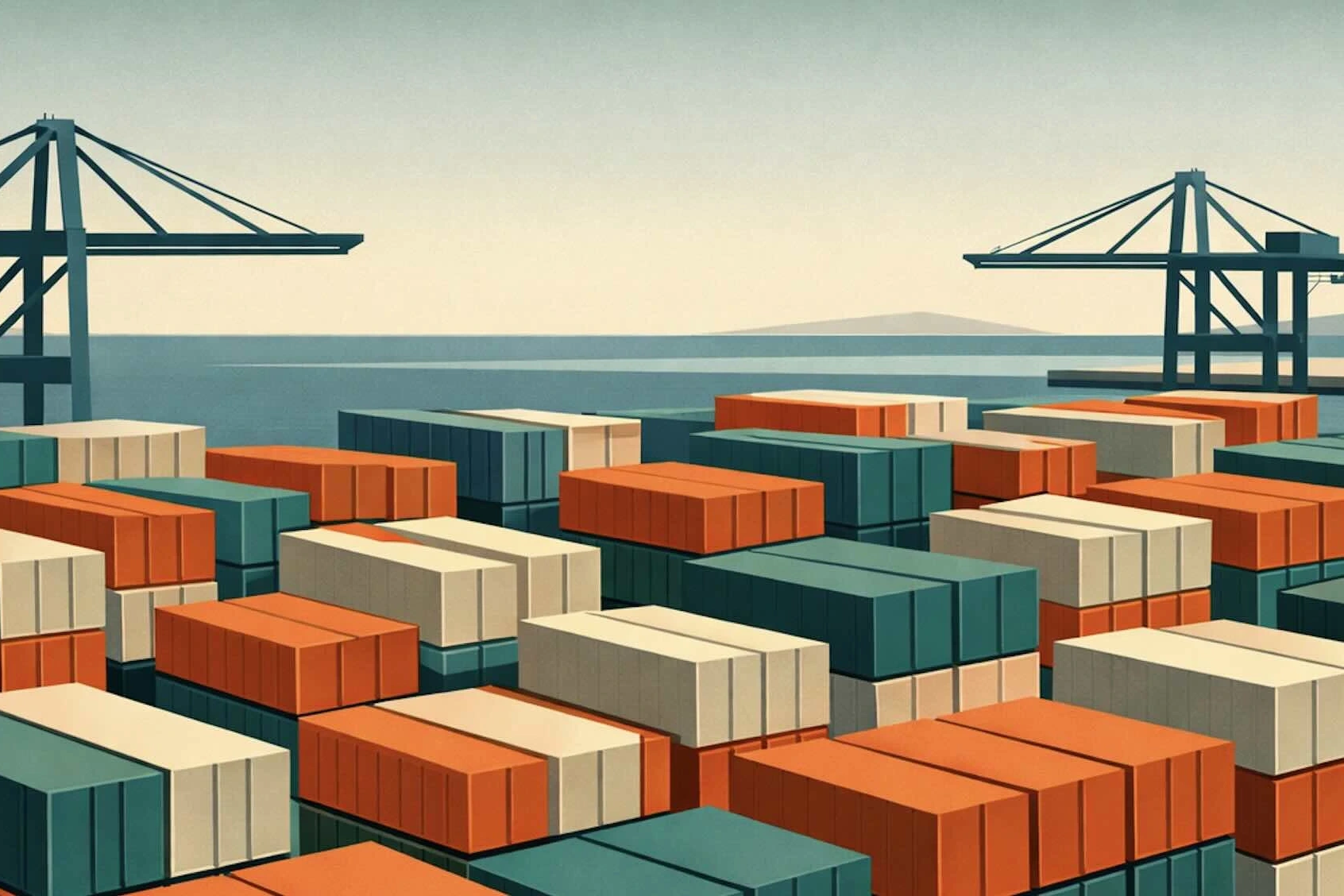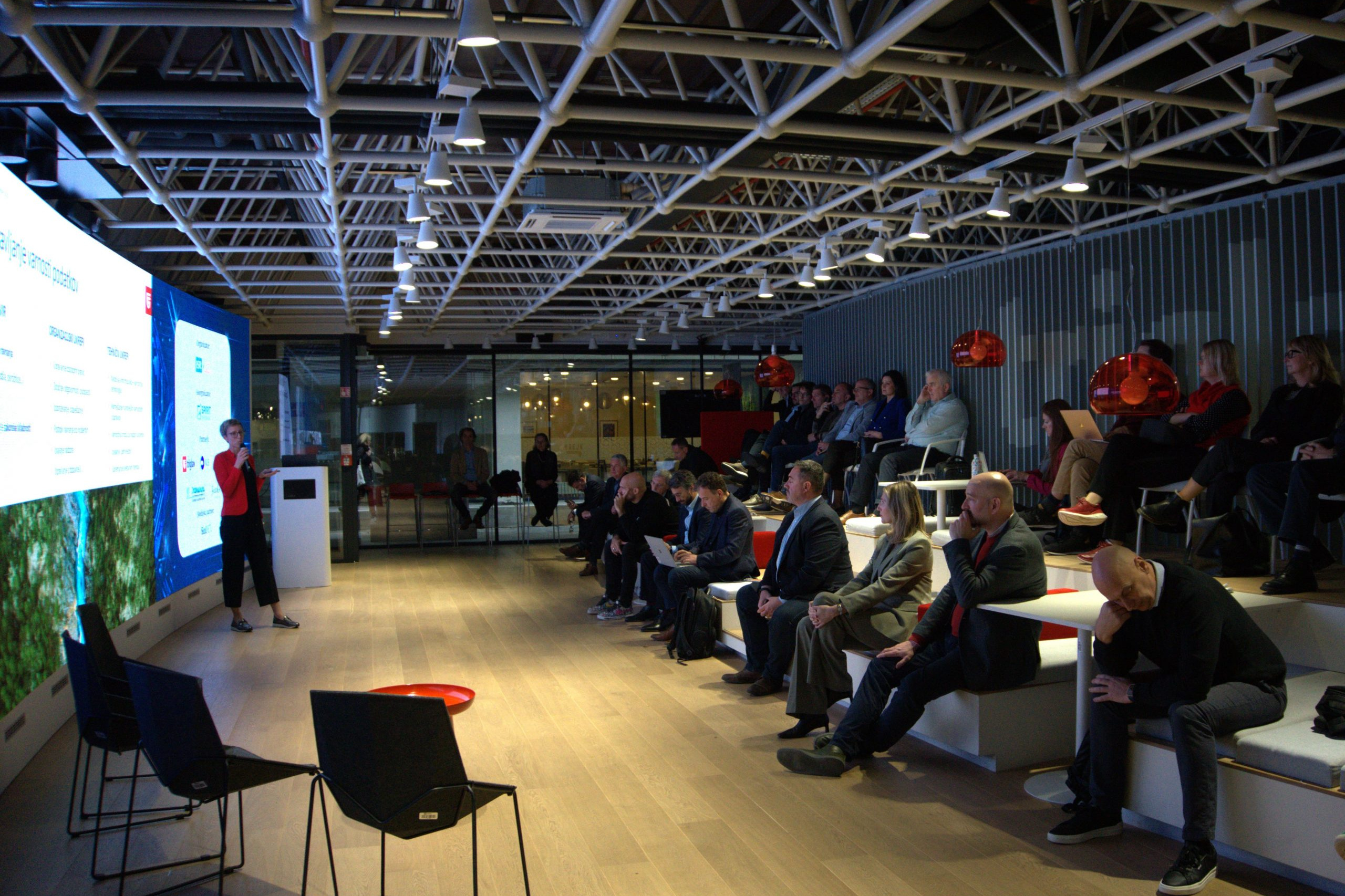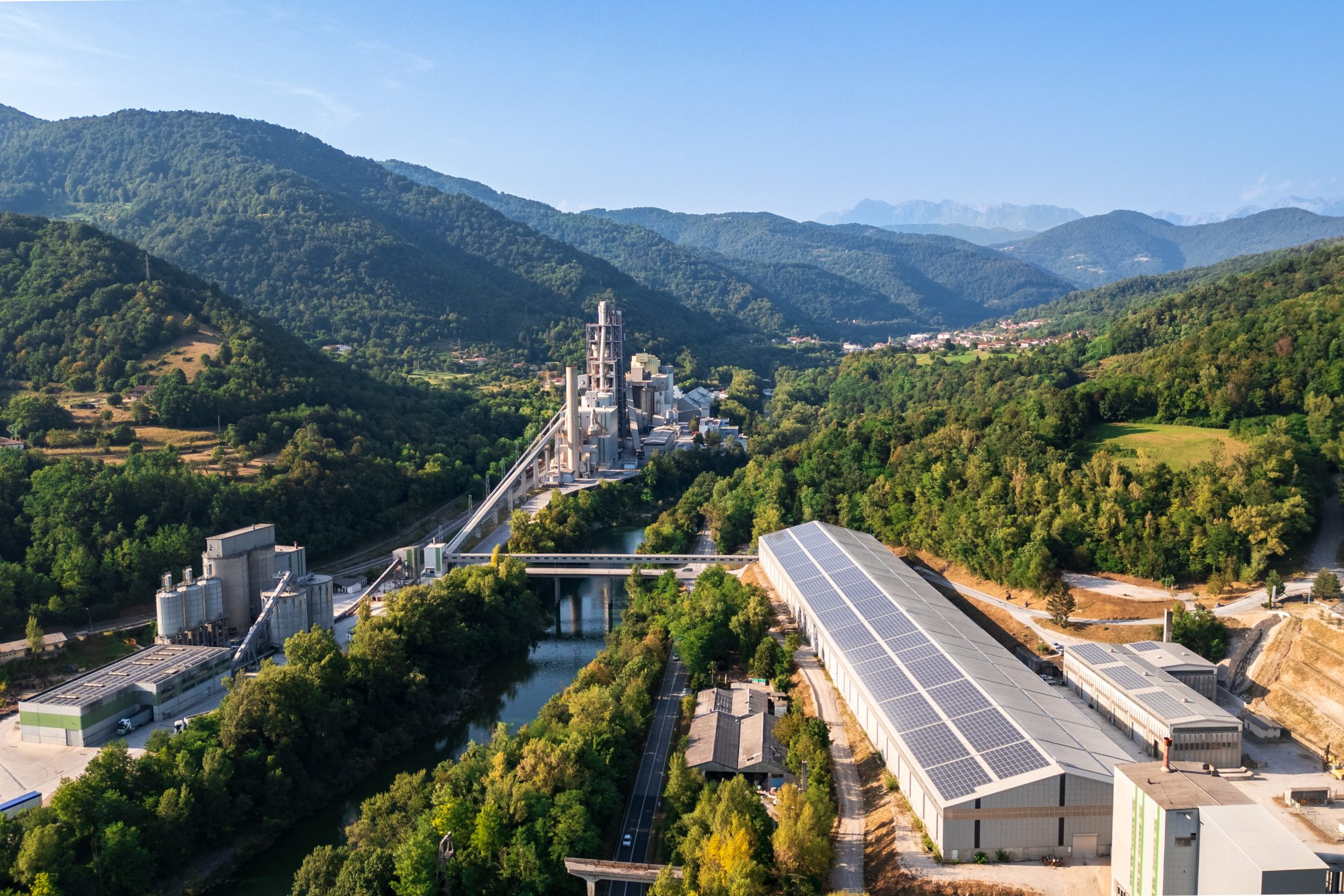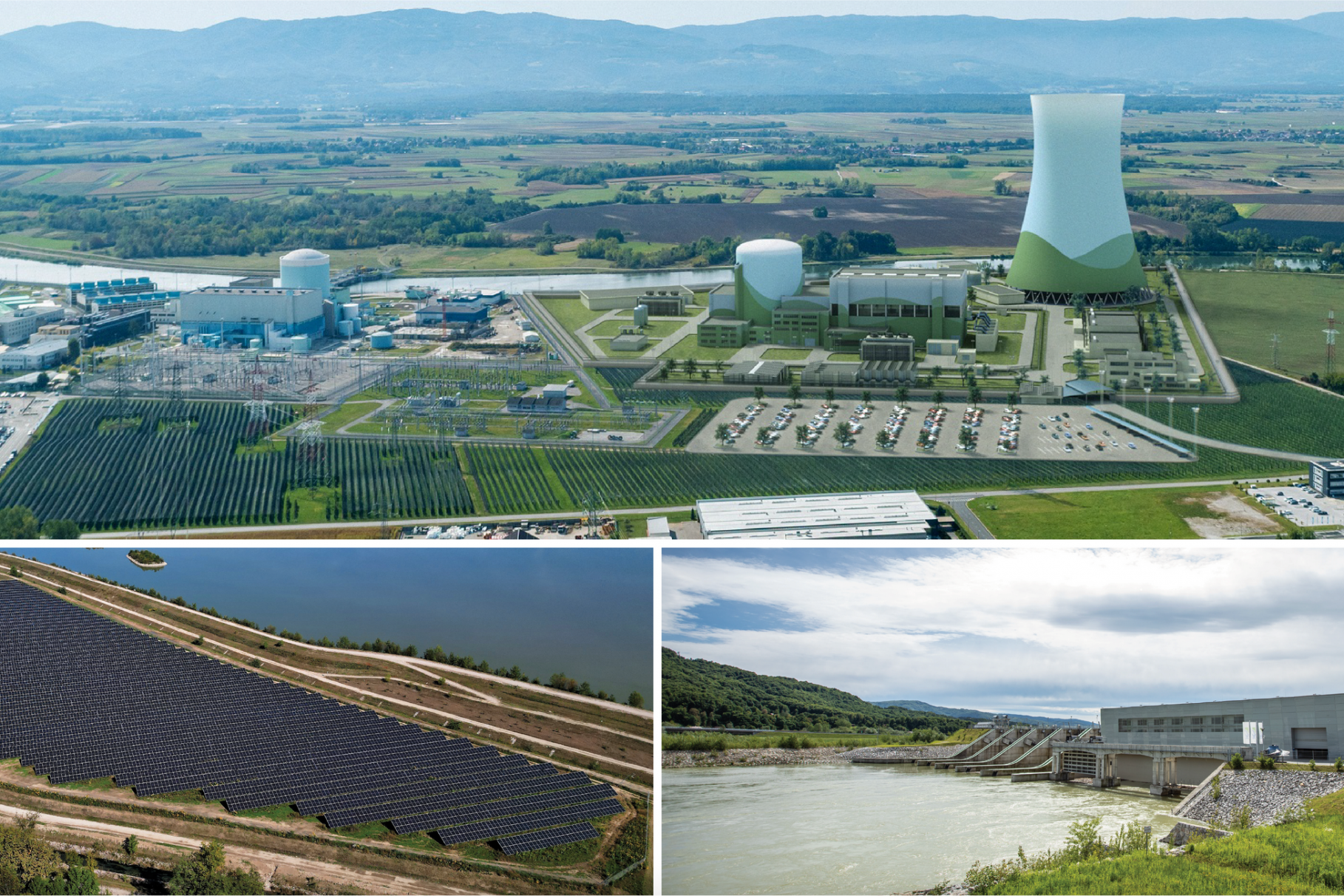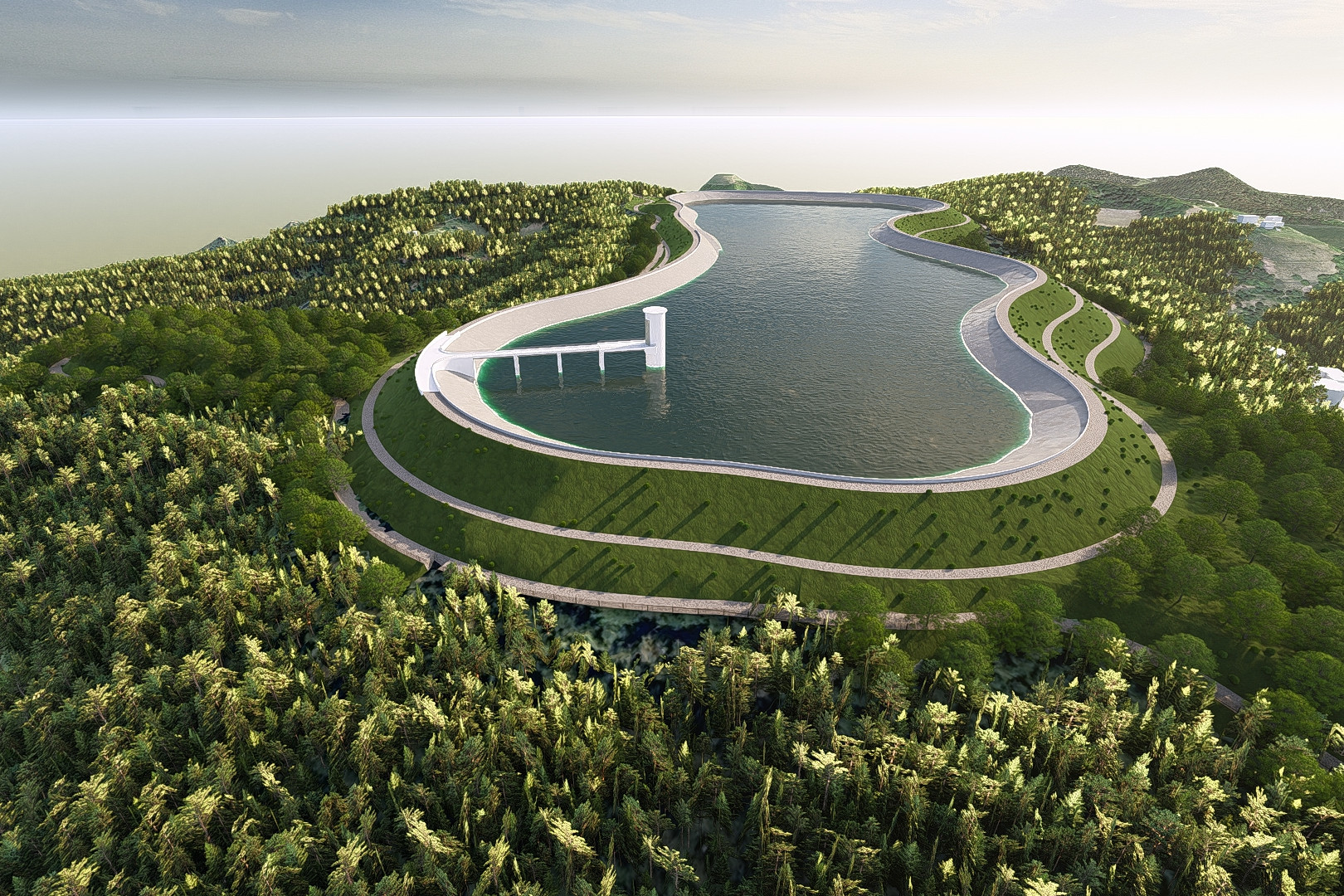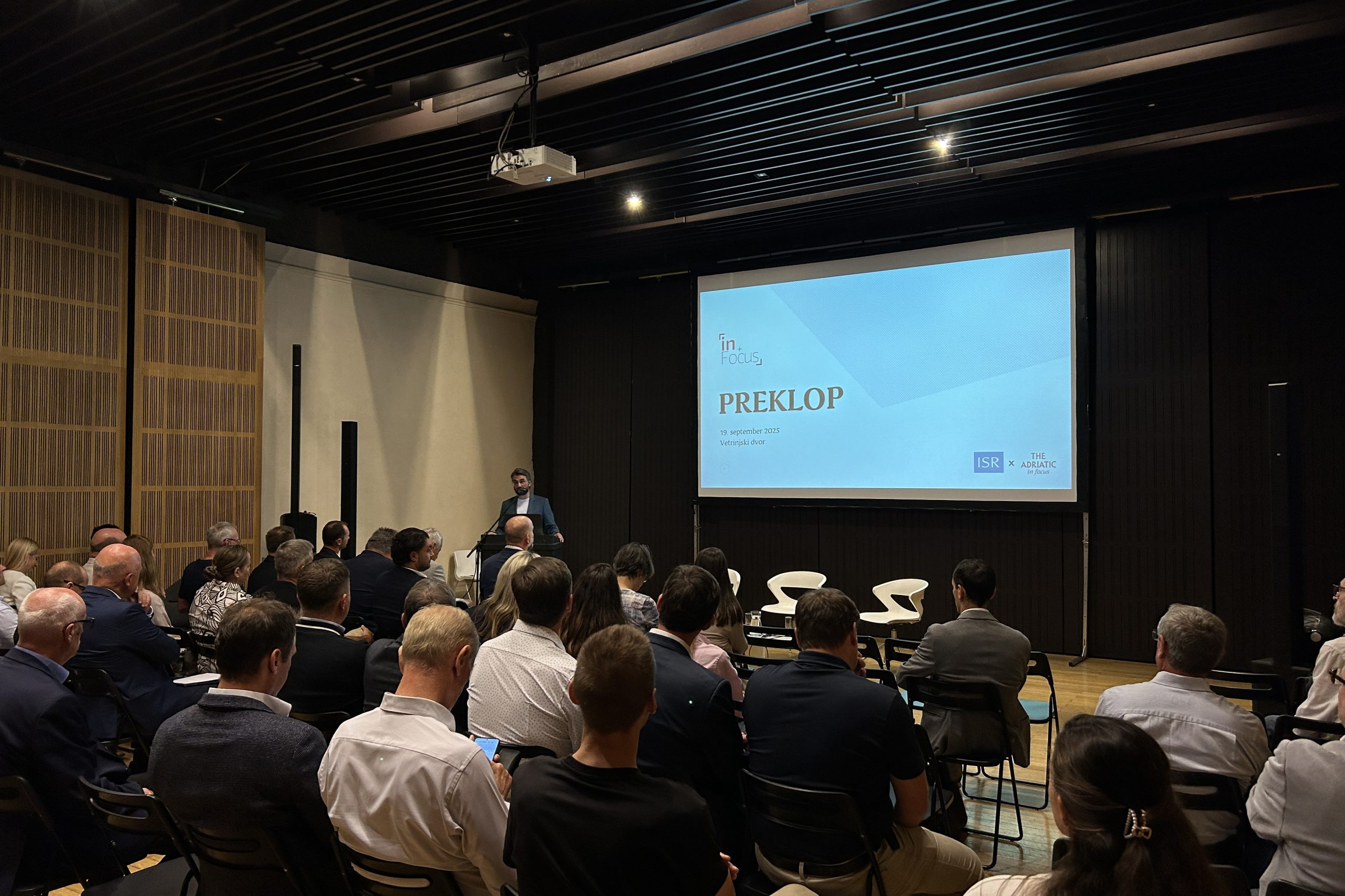Strategic Foresight
Is the Open Balkan Initiative Light at the End of the Tunnel?
Faris Kočan, PhD
JOURNALIST AT THE ADRIATIC
In 2003, the idea of the European integration of the Western Balkans (WB) became the predominant political framework for managing the relations between the European Union (EU) and WB countries. 18 years later, this process is uncertain at least, while the region suffered “collateral damage” from a number of European internal crises (e.g. Ukrainian crisis, Refugee crisis, Brexit) which have prevented the EU to act more decisively and with a common voice.
In the last two years, the EU has adopted several documents1 that signal the preparedness to meaningfully engage with the region. However, recent developments such as the Bulgaria’s veto to North Macedonia’s EU accession talks amidst North Macedonia’s ”rocky road” towards fulfilling the enlargement requirements, has again raised questions regarding the future of the EU enlargement process. One thing is sure – the economic part of the cooperation is alive and kicking. The Economic and Investment Plan for the WB, which will generate up to €9 billion in the next six years, is something that the WB countries could use to enhance their own regional (economic) integration.
The most important domestic initiative is Open Balkan, a proposed economic and political zone consisting of Albania, North Macedonia and Serbia. Coming into force on 1 January 2023, the participating countries will open their national borders to each other’s citizens and products. The zone, which is mirroring the founding principles of the EU, should provide a platform for the eventual integration of the WB into the EU common market. If successful, it could provide a growth impetus for the whole region. This, in turn, would push regional relations towards more institutionalisation, and offer an opportunity for consolidating bilateral relations. Good neighbourly relations are widely seen as a precondition for a genuine transformation of a region still haunted by the memories of the worn-torn 1990s.
Slovenia: Just like in the year before, the general Investment Environment will remain moderately stable. The biggest risks to the general Investment Environment assessment are posed by public debt, tottering healthcare system, uncertain tax reform, accelerating inflation as well as property prices. The political environment is set to improve with general elections in spring 2022. It is widely hoped the contest yield the strong majority needed for passing socio-economic reforms.
Croatia: The Investment Environment in Croatia is improving, reaching the moderately stable mark due to the recovery measures and the stimulative economic climate put in place after COVID-19 crisis. In 2022, Croatia’s economy is forecast to further expand by 4.2%, continuing a strong economic recovery in 2021 (8%). At the Institute for Strategic Solutions, we will closely follow the announced tax reforms, which have the potential to stimulate domestic consumption and ease existing corporate tax burden.
Serbia: Coupled with robust investment growth, better economic indicators are driving overall improvement in Serbia’s Investment Environment, which can now be described as moderately stable. This is coupled by the country’s deficit reducing and improving debt-to-gross domestic product ratio, alongside the demand-boosting rise in pensions and salaries in the public sector. But the bright outlook could be marred by uncertainties regarding the bilateral relations with Kosovo, which is something to watch closely.
Bosnia and Herzegovina: At the Institute for Strategic Solutions, we estimate that the general Investment Environment is going to stay moderately uncertain. The political indicators will remain highly unstable due to the continuing non-cooperation on the state level. The situation could further deteriorate with the upcoming general elections scheduled for October 2022. This in turn could ‘lock in’ the current political crisis and intensify both the political and socio-economic risks until late 2022.
Kosovo: Kosovo is remaining moderately uncertain, mostly due to bigger socioeconomic and political risks. Such risks are associated with an anaemic economic recovery after COVID-19 crisis and the bilateral crisis with Serbia, which prevents meaningful dialogue between Pristina and Belgrade. Since this has a direct bearing on the ‘Open Balkan’ initiative, it should be watched closely.
North Macedonia: The Investment Environment is going to stay moderately uncertain amid the deteriorating political and security situation. Increasingly, social unrest has displayed both internal and external drivers; while internal dynamics have been triggered by the “fall” of Zoran Zaev, the external factors are inherently tied to ongoing bilateral tensions between North Macedonia and Bulgaria vis-á-vis EU integration. But it is the internal drivers which are the most worrisome for their spill-over potential. Indeed, they could determine the socio-political environment of North Macedonia in 2022.
Montenegro: While the Montenegrin Investment Environment is going to stay moderately uncertain, political indicators are deteriorating across the board. The political, religious and security situation remains tense after the 2021 violent protests in Cetinje. Concerningly, the political elites are fanning public discontent with hate-mongering statements. While such atmosphere is not expected to de-escalate completely in 2022, it is worth mentioning that the favourable Investment Environment is driving a general improvement in the country’s socio-economic situation. With 8.4-% economic growth, Montenegro is becoming a frontrunner in the region.
THE ADRIATIC
This article was originally published in The Adriatic: Strategic Foresight 2022
If you want a copy, please contact us at info@adriaticjournal.com.


